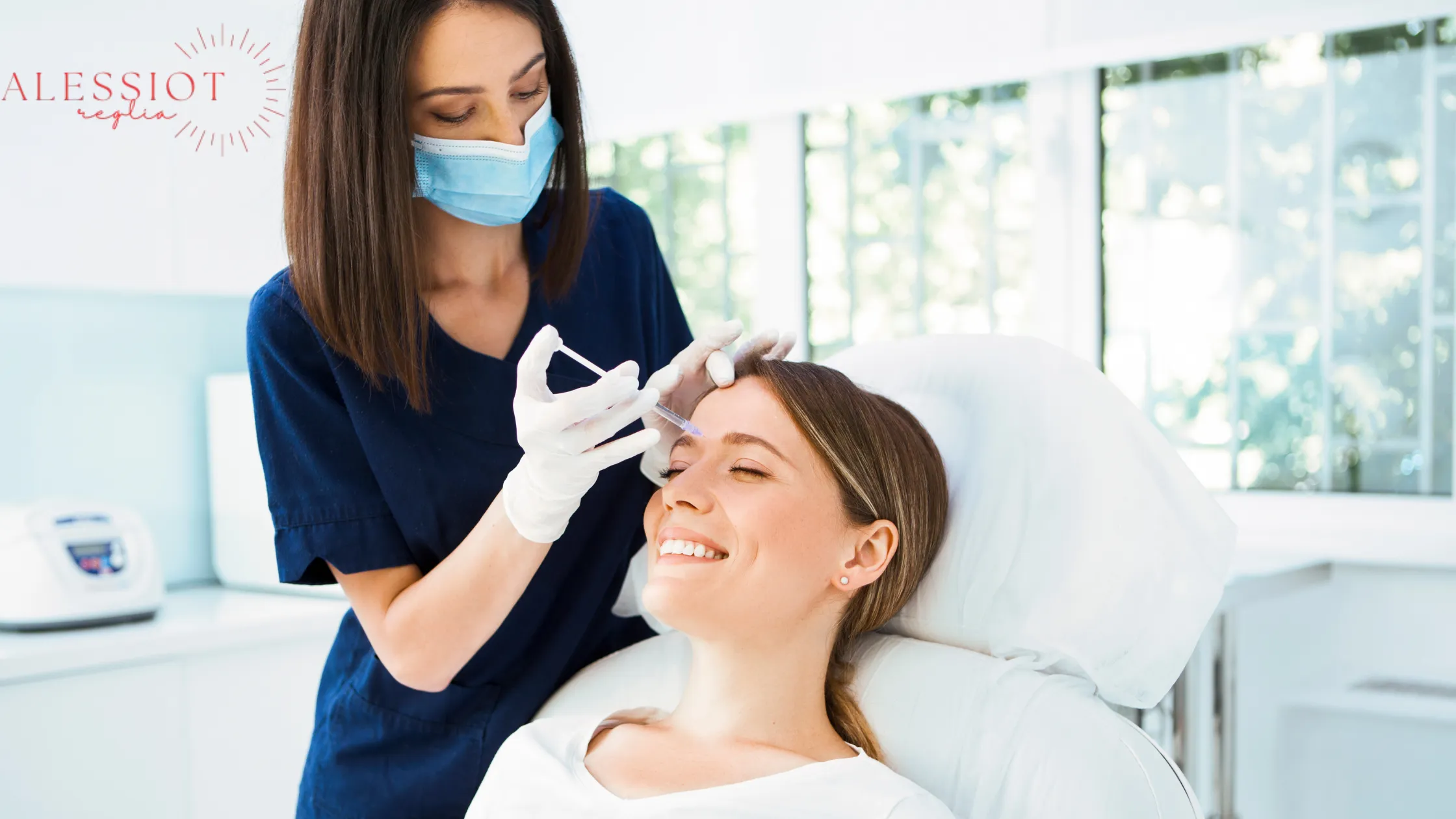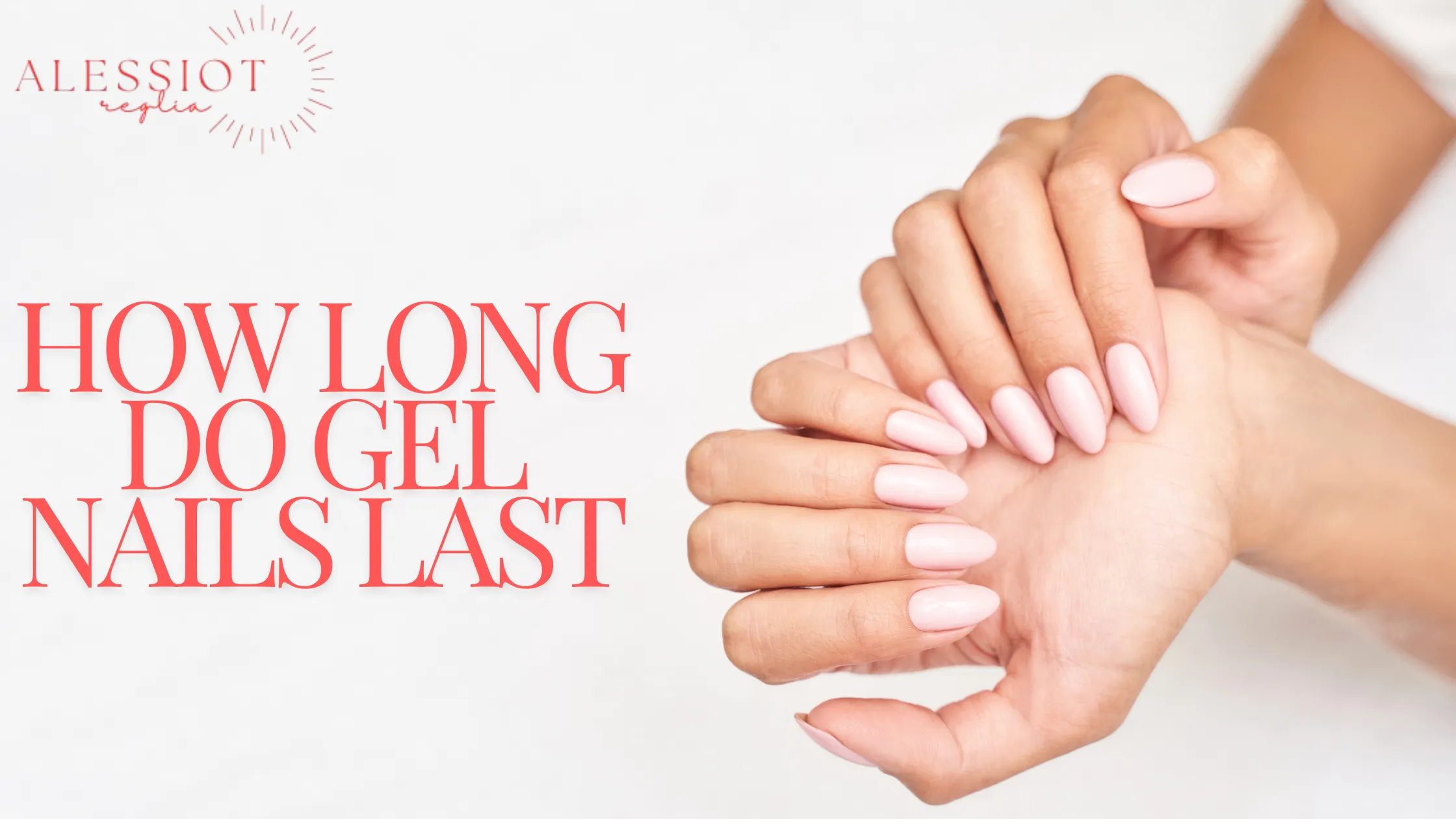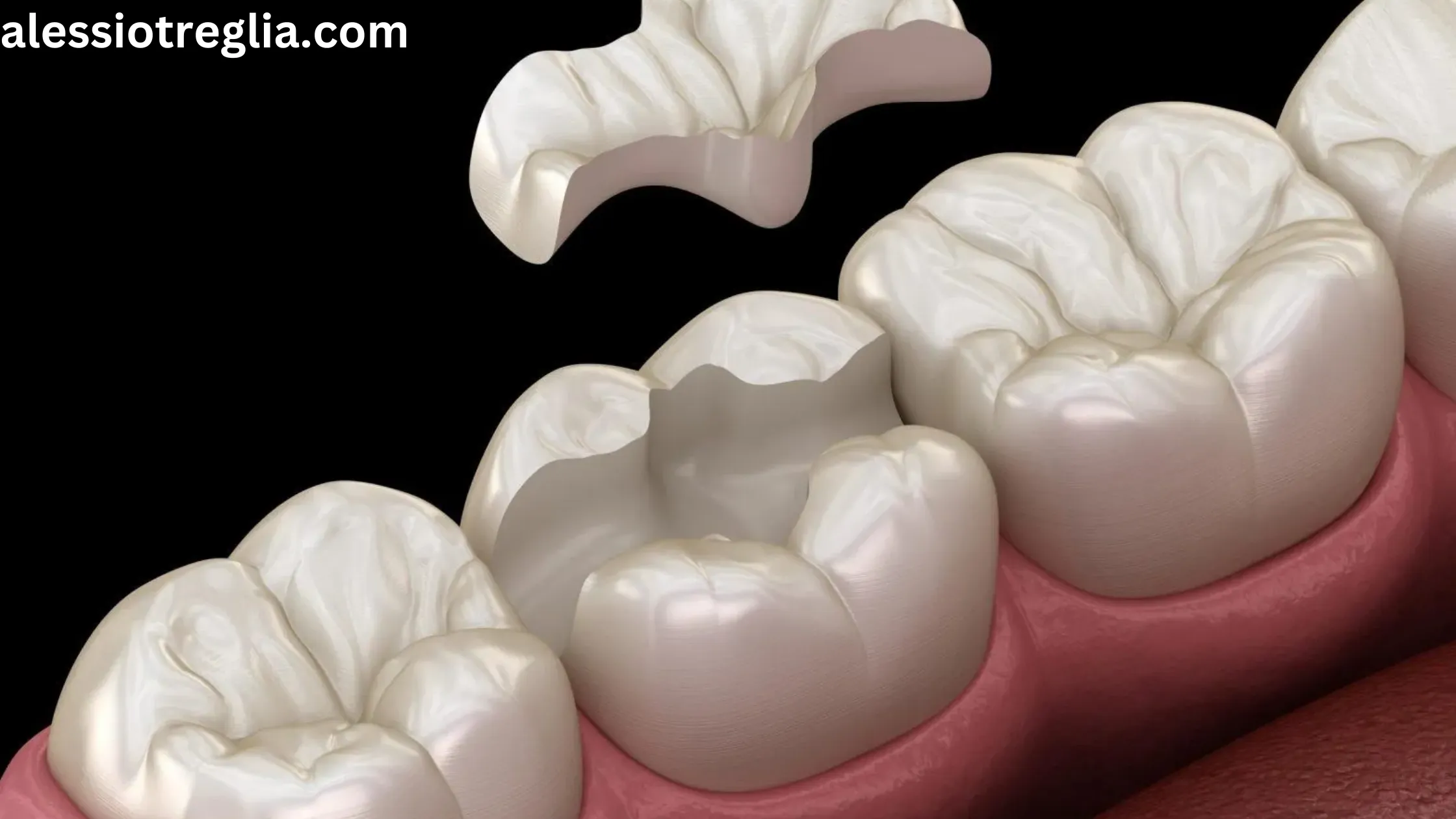How Long Does Botox Last in the Forehead?
Table of Contents
Botox has become one of the most popular treatments for smoothing out wrinkles and fine lines, particularly in the forehead area. Many people are curious about how long Botox lasts in the forehead before needing a touch-up. If you’re considering Botox or want to maintain that youthful, wrinkle-free look, understanding how long Botox lasts and what influences its duration is key. In this comprehensive guide, we’ll dive into the longevity of cosmetic Botox in the forehead, along with expert tips to maximize its results and address common questions.
What is Botox and How Does It Work?
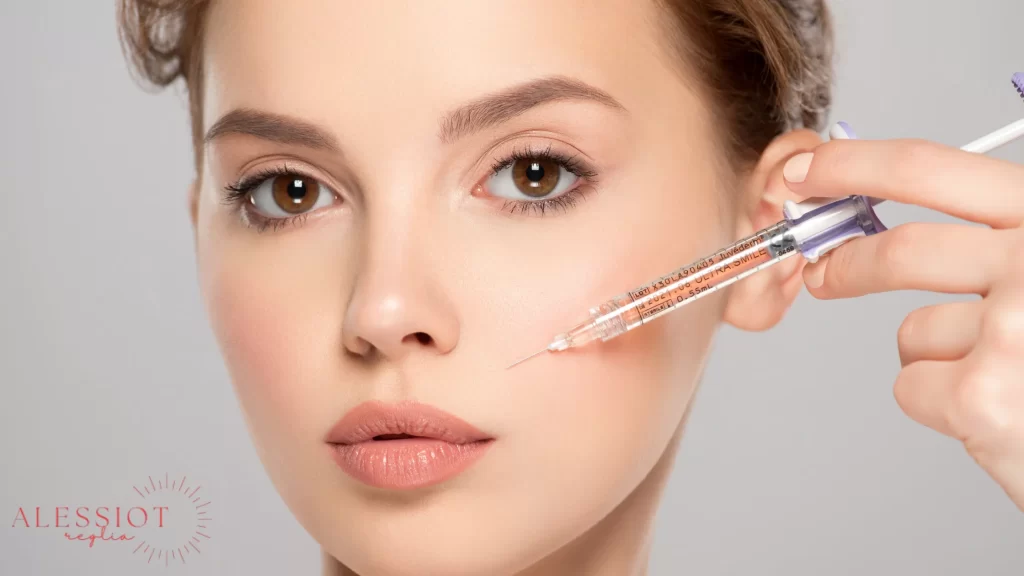
Botox, short for botulism toxin, is a cosmetic treatment used to temporarily relax the muscles responsible for creating wrinkles. When injected into specific areas like the forehead, it works by blocking the nerve signals to the muscles, preventing them from contracting. This reduces the appearance of lines and wrinkles, especially those caused by facial expressions like frowning, squinting, or raising your eyebrows.
Although Botox doesn’t “erase” wrinkles, it does soften them, making them less noticeable. The effects are not immediate but become visible within a few days, leaving your forehead looking smoother and more youthful.
How Long Does Botox Last in the Forehead?
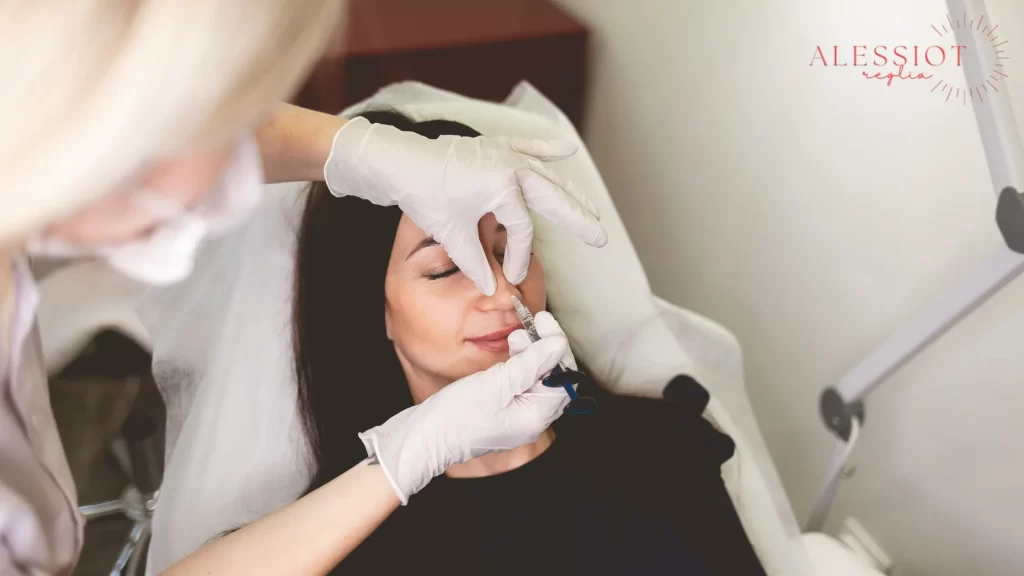
So, how long does Botox last on the forehead? Typically, the effects of Botox in this area last between 3 to 6 months for the first treatment and can extend to 6 to 9 months for subsequent treatments. The more often you receive Botox, the longer your results tend to last. However, the average duration for most people is around 3 to 4 months.
Several factors influence how long Botox lasts in the forehead. These include metabolism, muscle activity, dosage, and how often you get Botox injections. Let’s break down the specifics.
- 3 to 4 months: This is the standard time frame most people experience before needing another Botox appointment.
- As short as 2 months: For some individuals, especially those with fast metabolisms or highly active muscles, Botox may start wearing off sooner.
- Up to 6 months: If you’ve had multiple Botox treatments or if your muscles are less active, your Botox may last longer.
Also Read: How Long Does Pain Last After Tooth Extraction? Find Relief Fast!
Why Does the Duration Vary from Person to Person?
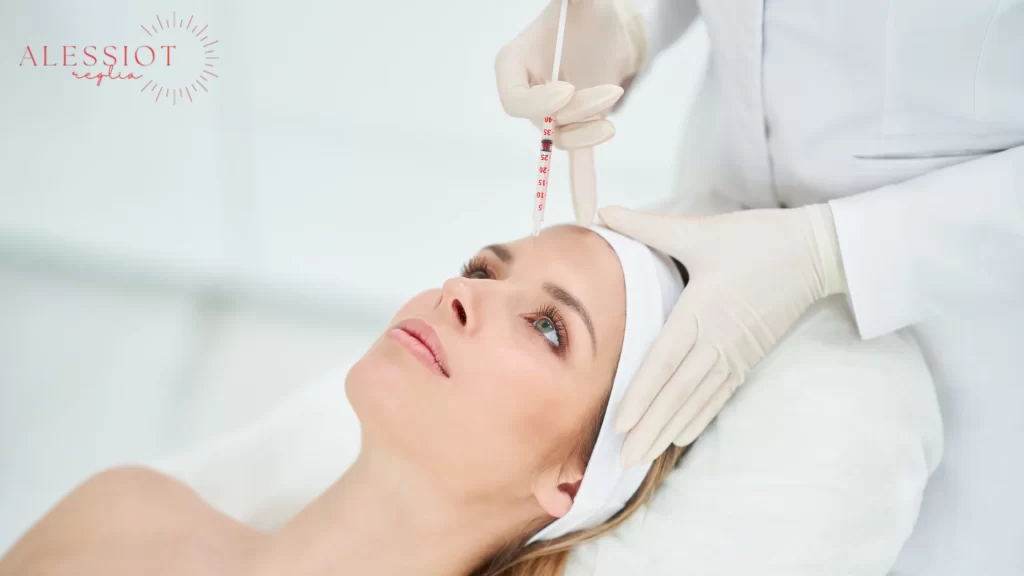
Several factors determine how long Botox lasts in the forehead. Here’s a closer look at the reasons behind the variation in Botox results:
1. Metabolism
Your body’s metabolism is a key factor. People with faster metabolisms tend to process botulism toxin faster, meaning the effects wear off sooner. If your metabolism is slower, you might notice that your Botox lasts longer.
2. Muscle Strength and Activity
If you have strong, active forehead muscles that you use often—such as when you frown or raise your eyebrows frequently—your Botox might fade more quickly. The more active these muscles are, the sooner the Botox injections will wear off.
3. Botox Dosage
The amount of Botox injected can also influence how long the effects last. A higher dosage may provide longer-lasting results, but it must be carefully balanced to avoid a frozen or unnatural look. Expert practitioners know how to find the right dosage based on your facial anatomy and desired outcome.
4. Frequency of Botox Injections
If you’ve been receiving cosmetic Botox injections for a while, each treatment may last longer than the previous one. This is because your muscles gradually become used to being relaxed, allowing Botox to have longer-lasting effects over time.
Signs That Your Botox is Wearing Off
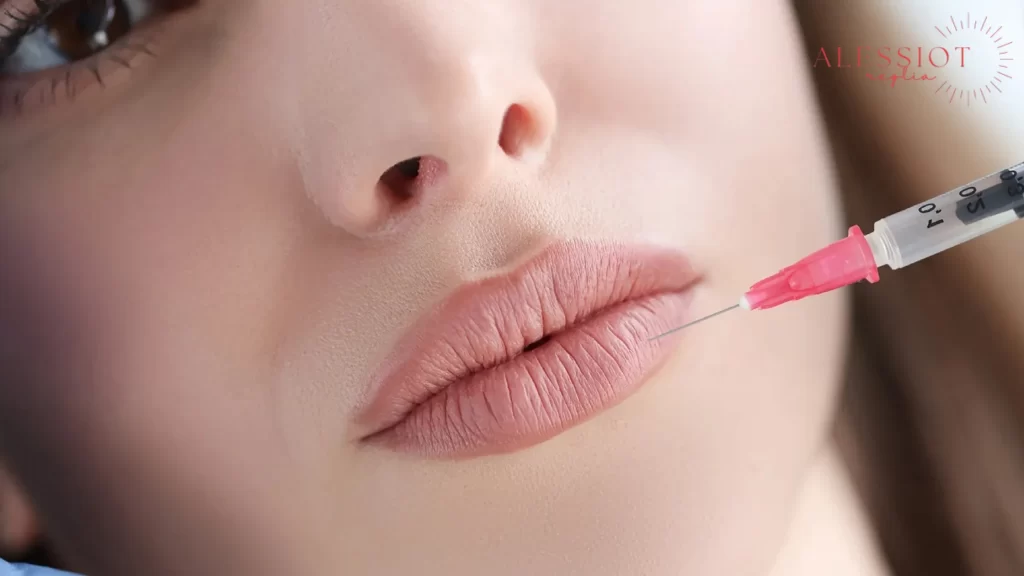
How can you tell if your Botox is starting to fade? Here are some signs:
- Returning muscle movement: You’ll notice the ability to frown or raise your eyebrows again as the Botox begins to wear off.
- Wrinkles reappearing: The fine lines and wrinkles that were smoothed out will start to become visible again when you make facial expressions. These wrinkles might not be as deep as before but will gradually return.
Once you start noticing these signs, schedule your next Botox appointment.
Also Read: How Long Does Heart Rate Stay Elevated After Eating? Shocking Facts!
How Can You Make Botox Last Longer?
While you can’t make Botox last indefinitely, there are several steps you can take to help extend the effects of your treatment. Following these tips can help you get the most out of your Botox injections and keep your forehead smooth for longer:
1. Avoid Touching or Rubbing Your Forehead
After your Botox treatment, it’s crucial not to touch or rub the treated area for at least 24 hours. Doing so can cause the Botox to move to unintended muscles, reducing its effectiveness.
2. Stay Hydrated
Drinking plenty of water keeps your skin hydrated, which can help maintain the plump, smooth appearance Botox creates. Staying hydrated helps maximize your results.
3. Use Sunscreen Daily
Sun damage accelerates skin aging and can make Botox wear off more quickly. Wearing sunscreen daily helps protect your skin from harmful UV rays and prevents wrinkles from reappearing too soon.
4. Avoid Smoking and Excessive Alcohol
Smoking and heavy alcohol use can negatively affect your skin’s health, making it harder for Botox to maintain its smooth appearance. Limiting these habits can help extend the life of your Botox injections.
5. Maintain a Consistent Skincare Routine
Using anti-aging creams, moisturizers, and serums can help prolong your Botox results. Healthy, nourished skin responds better to Botox, allowing for enhanced and longer-lasting effects.
How Often Should You Get Botox Touch-Ups?
Most people opt for Botox injections every 3 to 4 months to maintain a smooth, youthful appearance. However, this can vary based on how quickly the Botox wears off. Some may need touch-ups every 6 months, while others may require them more frequently, especially if they have highly active muscles.
Consult with your provider to determine the right schedule for your Botox touch-ups.
Is Long-Term Botox Use Safe?
One common concern is whether it’s safe to use Botox long-term. Fortunately, when administered by a qualified professional, Botox is considered safe for repeated and ongoing use. There is no evidence suggesting that long-term Botox use leads to negative side effects.
In fact, regular Botox use may even prevent new wrinkles from forming. As your muscles become accustomed to relaxing, you may need fewer treatments over time to maintain your desired look.
What to Expect During Your Botox Treatment
Botox treatments are quick, minimally invasive, and usually cause little discomfort. Here’s what to expect:
- Consultation: Before the treatment, you’ll discuss your goals with your provider. They’ll assess your forehead and determine the correct dosage and injection points.
- Preparation: Your provider will clean the area and may apply a numbing cream to minimize discomfort during the injections.
- Injection: Using a small needle, Botox is injected into specific points on your forehead. The process takes around 10 to 15 minutes.
- Post-Treatment Care: You can return to normal activities immediately, though it’s recommended to avoid strenuous exercise or lying down for a few hours to let the Botox settle properly.
Also Read: How Long Does Botox Last in the Forehead?
Are There Any Side Effects of Botox?
Most people experience few side effects from Botox. Common side effects include:
- Bruising or swelling: Mild swelling or bruising can occur at the injection site but typically goes away after a few days.
- Temporary headaches: Some people may experience mild headaches, which usually resolve within 24 to 48 hours.
- Redness: Minor redness around the injection area is common and fades quickly.
In rare cases, more serious side effects like drooping eyelids or eyebrows may occur. If you experience unusual side effects, contact your healthcare provider.
Addressing Anti-Botox Opinions
While Botox is widely popular, some anti-Botox opinions express concerns about overuse or unnatural results. However, when performed by experienced professionals, Botox delivers subtle, natural-looking results that enhance facial appearance without the “frozen” look.
